I encountered the question from an inquisitive junior resident of whether two 16 gauge catheters would infuse blood products more quickly than a single 8.5 Fr cordis during a trauma resuscitation.
A Story Explained by Two Super Soakers
While cars and computers continue to break power records well into the 21st century, did you know the golden age of Super Soakers passed us in the late 90s?
Back then water gun companies sought to create the biggest, most obnoxious, and borderline injurious toys imaginable. As a result some of the most heinous and drenching devices were released that left you soggy and consulting plastics for a skin graft.
Using two of these legendary “toys” (read: weapons of watery destruction), I’m going to highlight a point of flow that applies to trauma.
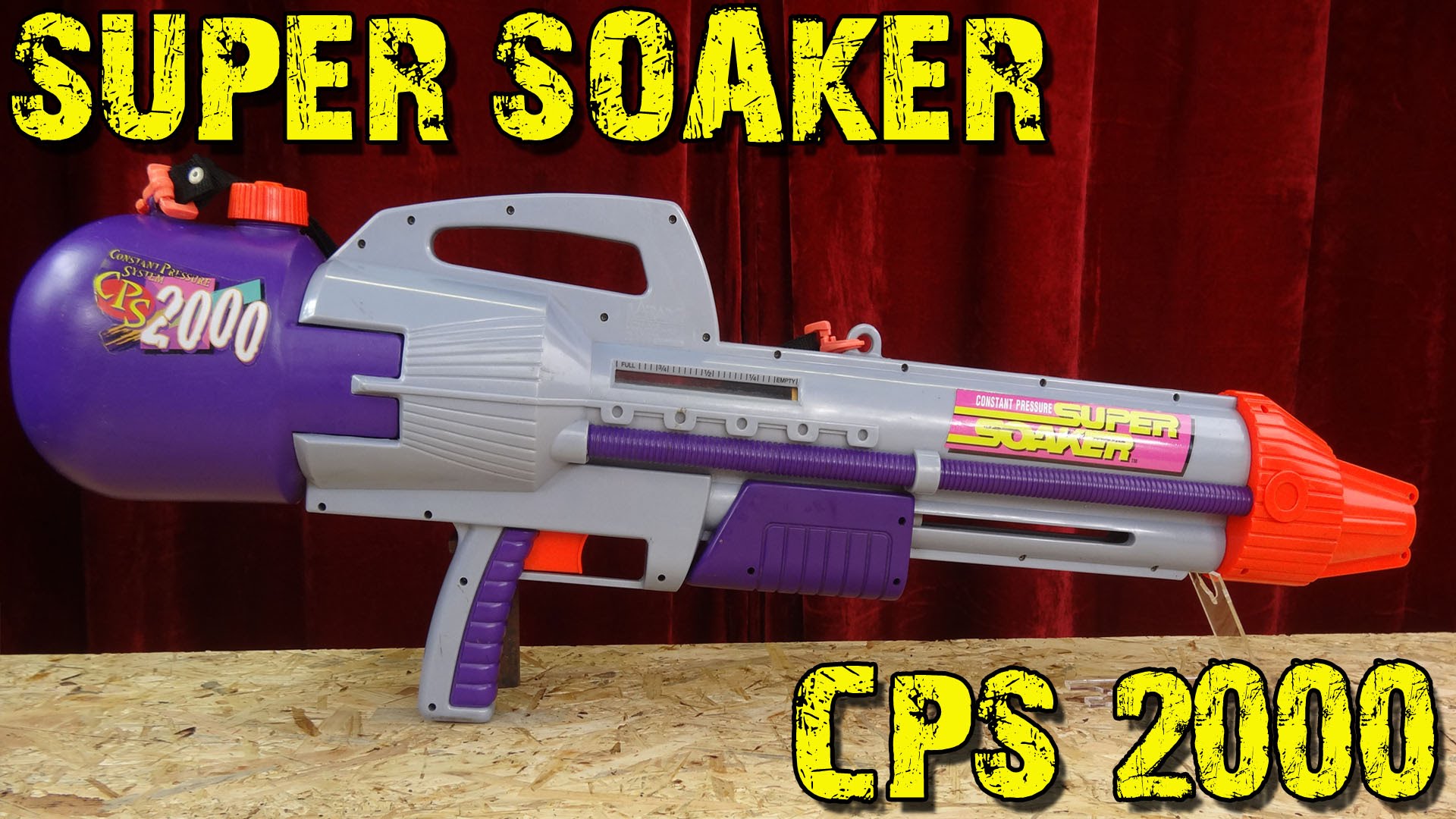
One of the most powerful water guns was the Super Soaker CPS 2000. It was released in 1996 and launched a liter of water approximately 50 feet with a single pull of the trigger. It is vicious in its simplicity. It had a single barrel and would discharge nearly one liter per second. It would be discontinued and replaced after a year or so by weaker versions due to multiple reports of injuries. Worried mothers rejoiced in the streets. Its fastest rate: 849 mL/sec.
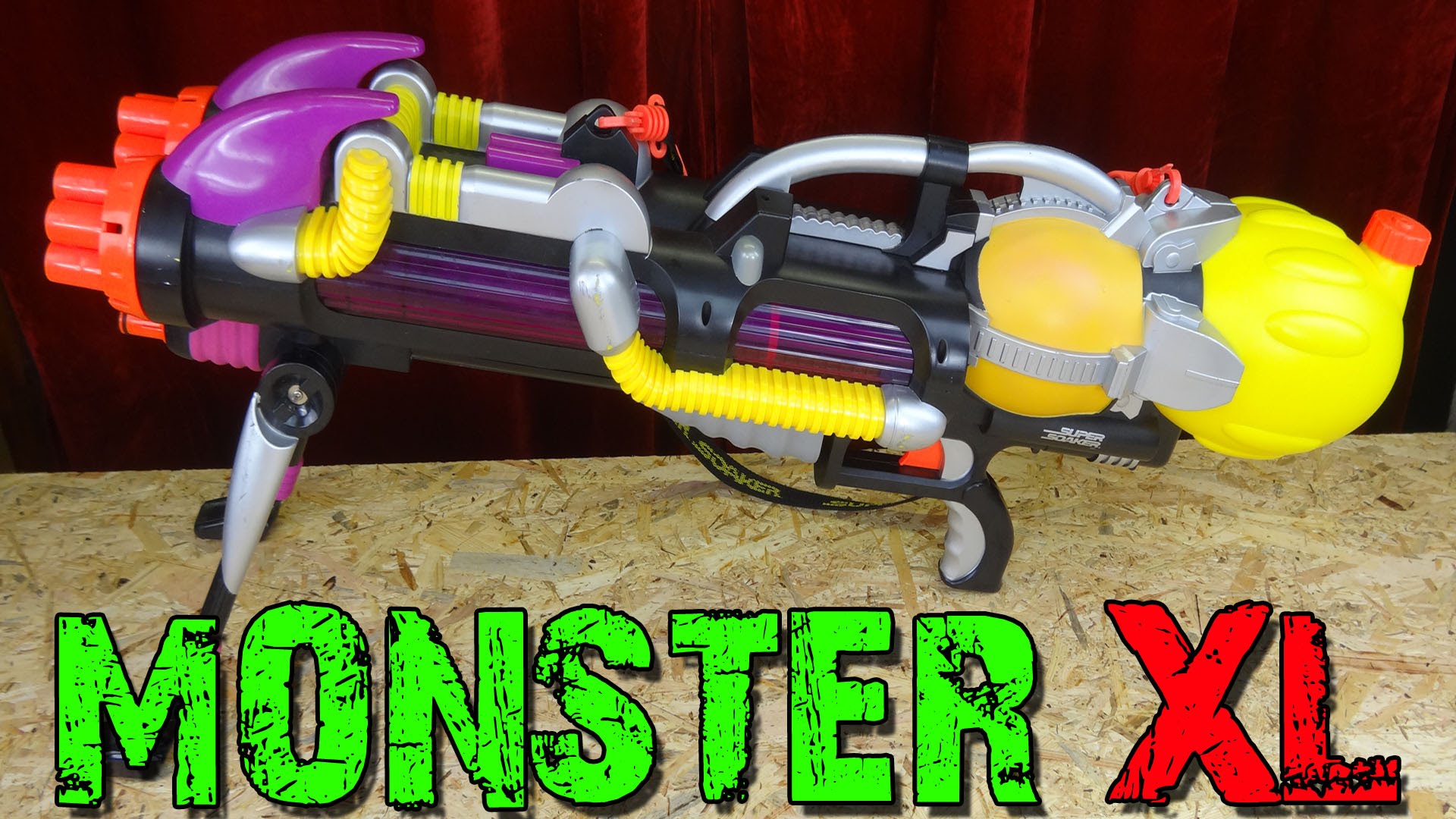
Later on in 2000, the Super Soaker Monster XL was unleashed. It holds a record for being the largest single-piece water blaster and was truly a marvel in 90’s technology. It came with a bipod, a 3.6L tank, and two barrels. The sad news is that though it is bigger and meaner looking, it would take 30 pumps before you would be able to use it adequately and it still did not pack the same punch as the original CPS 2000. Its shear weight alone prepared scores of millennials for the impending burden of student loans and housing debt. Its fastest rate: 591 mL/sec. Perhaps the number of barrels were to blame.
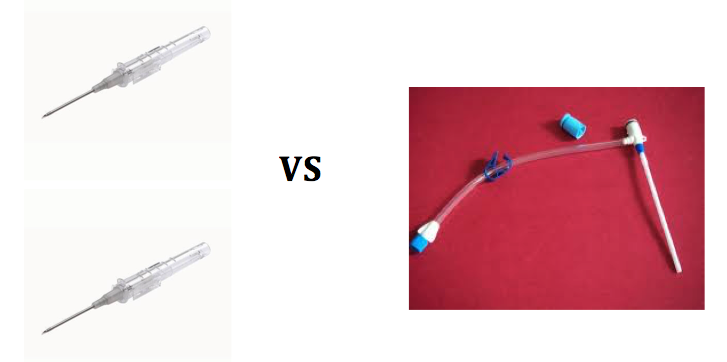
In this contest of two classic water guns, we see why the cordis has a better flow rate than other types of vascular access – say two 16 gauge needles. An ETM test (link below) using a rapid infuser found that a 7 Fr cordis can infuse one liter of fluid in under a minute. It took 46 seconds when a 8.5 Fr cordis was used. At 2.8 mm in diameter, this is approximately a 12 gauge needle in size. The 16 gauge would require two minutes and 20 seconds. Even using two lines that would be 70 seconds assuming the same conditions.
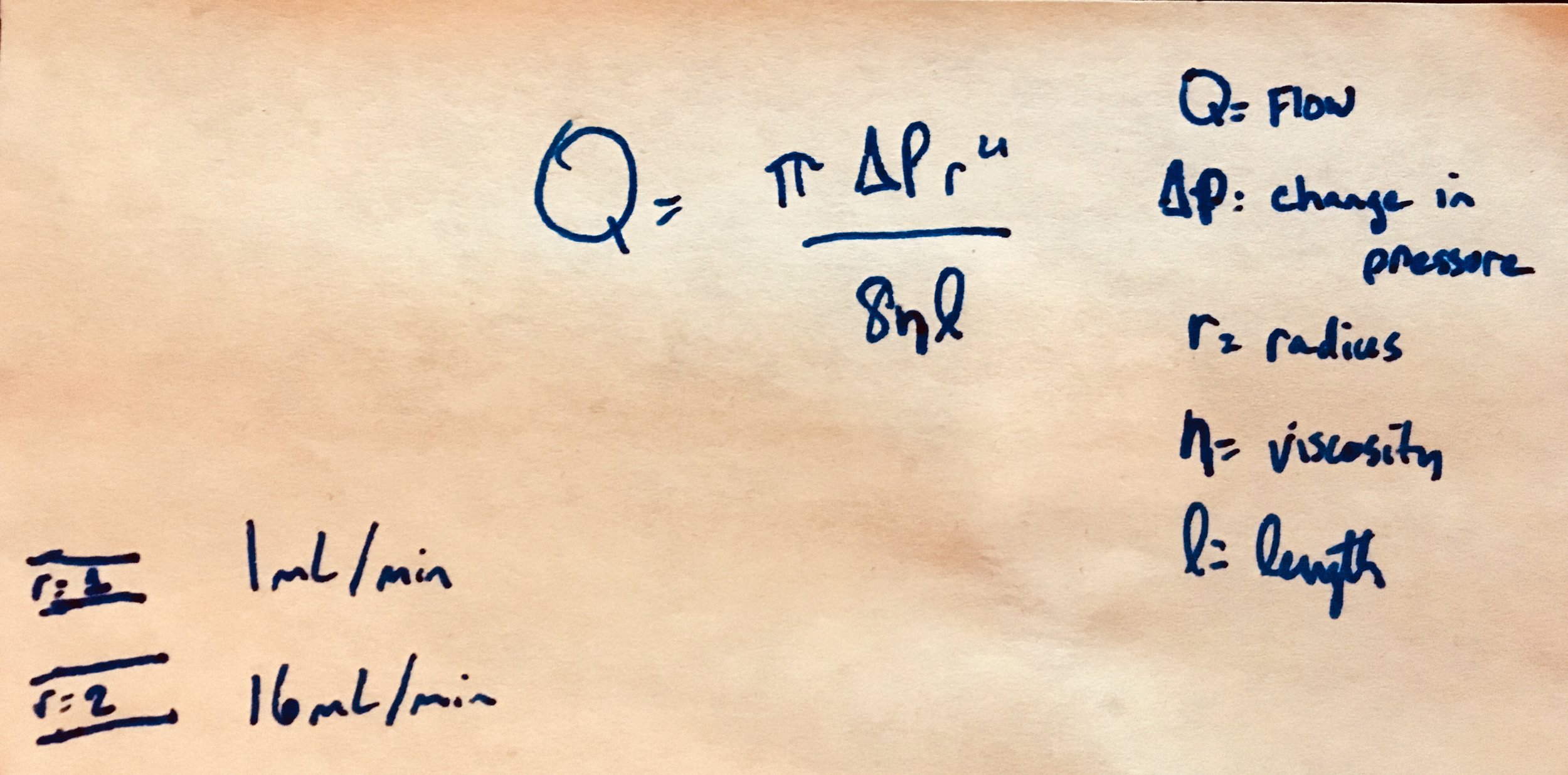
A single 16 gauge has a diameter of 1.2 mm. The difference between it and a 8.5 Fr cordis is 1.6 mm but the effect of the radius on flow is exponentially larger due to Poiseuille’s law.
Though a sufficiently intelligent rapid infuser might even the playing field, I will stick to the cordis.
Well, just to let you know how far we have come in 2018, here is a modern water gun:
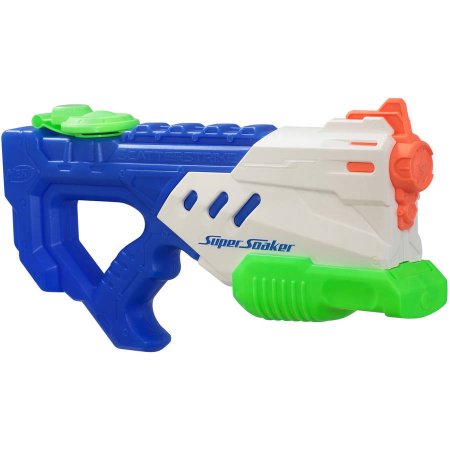
Strong work generation Z. At least you still have to go outside to play with this.
Some further reading:
For the direct flow test please see ETM’s showdown: http://etmcourse.com/large-bore-iv-access-showdown/
https://icurounds65.wordpress.com/2013/11/07/venous-access-for-fluid-resuscitation-you-dont-need-a-central-line/
http://emupdates.com/2009/11/25/flow-rates-of-various-vascular-catheters/
